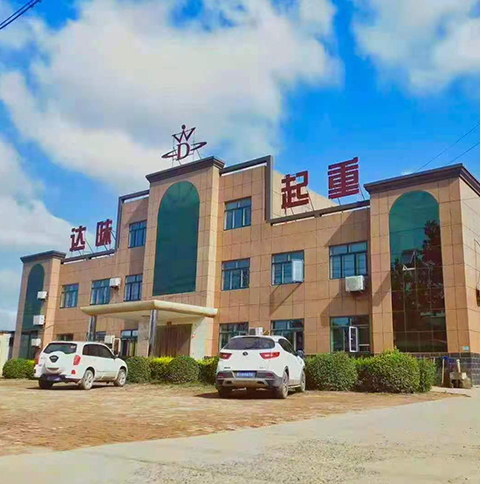Understanding the Functions and Benefits of Overhead and Gantry Cranes for Efficient Operations
Overhead and Gantry Cranes A Comprehensive Overview
Overhead and gantry cranes are essential tools in industrial settings, facilitating the movement of heavy materials and equipment with precision and efficiency. Commonly found in warehouses, manufacturing plants, and shipping yards, these cranes are designed to transport loads across sizable distances. This article aims to explore the functionality, types, safety considerations, and advantages of overhead and gantry cranes.
Functionality
Overhead cranes operate on a system of runways, fixed parallel to the floor and allowing a hoist to move horizontally. The hoist is responsible for lifting and lowering the load. These cranes can be classified into two main types single girder and double girder. Single girder overhead cranes have one main beam, while double girder cranes feature two beams, providing enhanced lifting capacity and stability.
Gantry cranes, on the other hand, are similar in operation but are supported by legs that run on wheels along the ground. This design enables greater versatility, as they can be positioned anywhere on the worksite. There are fixed gantry cranes, which remain in one location, and mobile gantry cranes that can be moved to accommodate different tasks.
Types of Cranes
Overhead and gantry cranes can be further categorized based on their specific applications. For instance, industrial overhead cranes are typically used in factories for manufacturing processes, while shipyard gantry cranes are essential for loading and unloading vessels. Other specialized cranes include combination cranes, which serve both overhead and gantry functions, allowing for more flexible use in various industries.
Moreover, cranes can be electric or manual in their operation. Electric cranes are more prevalent due to their efficiency and ease of use, while manual cranes are often more cost-effective for lighter loads or smaller operations.
Safety Considerations
overhead and gantry cranes

Safety is paramount when operating overhead and gantry cranes. These machines are typically used to move heavy and sometimes hazardous materials, making risk management crucial. Operators must undergo rigorous training to understand how to handle loads, interpret signals, and respond to emergencies.
Regular maintenance and inspections are essential to ensuring the cranes' safe operation. This includes checking crucial components such as the hoist chains, hooks, and brakes. Additionally, establishing clear protocols for load limits, as well as using appropriate personal protective equipment (PPE), can mitigate risks associated with crane operations.
Advantages
The use of overhead and gantry cranes brings numerous benefits to various industries. One key advantage is increased productivity. With the ability to transport heavy loads quickly and efficiently, businesses can reduce downtime and improve workflow. This efficiency often translates to cost savings, as less manual labor is required to move materials.
Moreover, these cranes also contribute to safety in the workplace. By mechanizing the lifting and transportation of heavy items, they significantly reduce the risk of injury associated with manual handling. This factor is particularly important in industries where heavy lifting is routine, as it preserves employee well-being and productivity.
In addition to safety and productivity, overhead and gantry cranes are highly customizable. They can be tailored to meet specific industry needs, including varying lifting capacities, sizes, and controls. This adaptability allows businesses to find the perfect solution for their operations, making these cranes versatile investments.
Conclusion
Overhead and gantry cranes are crucial components of modern industry, playing a vital role in material handling. By offering significant advantages in terms of efficiency, safety, and customization, these cranes support businesses in enhancing productivity and maintaining a safe working environment. As technology advances, the design and functionality of these cranes continue to evolve, further solidifying their importance in industrial applications. For any organization seeking to streamline their operations, investing in overhead and gantry cranes is a strategic move that can yield substantial returns.
-
Unlock Seamless Relocation with Our Heavy Equipment Moving ExpertiseNewsJun.06,2025
-
Unleash Unrivaled Flexibility with Our Adjustable Gantry CraneNewsJun.06,2025
-
Unleash Heavy-Duty Efficiency with Our Industrial Gantry Crane SolutionsNewsJun.06,2025
-
Revolutionize Steel Handling with Our Magnetic Lifter RangeNewsJun.06,2025
-
Master Equipment Mobility with Premium Machinery Mover SolutionsNewsJun.06,2025
-
Elevate Your Material Handling with Magnetic Lifter TechnologyNewsJun.06,2025
-
YS Permanent Lifting Magnets: The Smarter Way to Handle SteelNewsMay.22,2025
